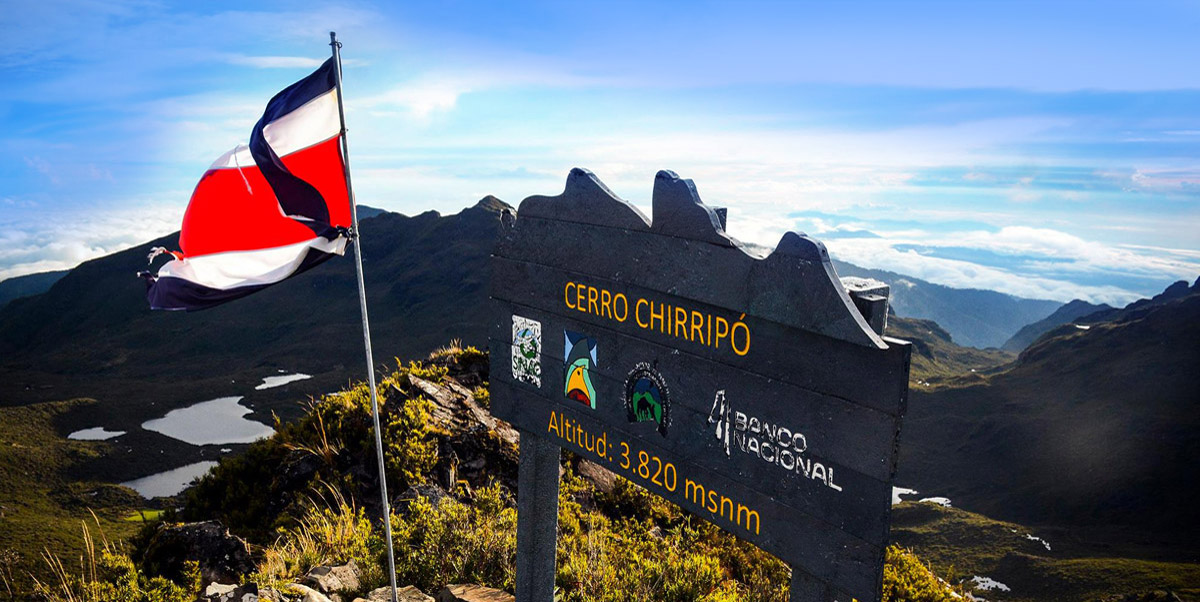The Crestones, symbol of natural wealth and The manatee, a national symbol of marine fauna
The Crestones, symbol of natural wealth
The Commission with Full Legislative Power II approved, on April 14, 2011, in second debate, the bill No. 17,437, which was discussed in the legislative current since 2009, and which was to declare the hills The Crestones as a National Symbol. It was sanctioned by President Laura Chinchilla Miranda on April 28, 2011. On September 5, 2011 it was published in the official newspaper La Gaceta under Law No. 8943, which declares them as such.
In order to raise awareness of the natural and economic value that the promotion of natural beauties can generate to the country, this initiative was presented to the legislative current in July 2009, by the then liberationist deputy Edine von Herold, and later promoted by the Deputy of the Citizen Action Party (PAC), Gustavo Arias Navarro.
Los Crestones hills are located in the Talamanca mountain range, one of the longest in the country with 190 kilometers in length, proper in the Chirripó National Park, declared a World Heritage Site by UNESCO and also, this protected area is part of the Area Conservation La Amistad-Pacific International Biosphere Reserve, which Costa Rica shares with Panama.


The manatee, a national symbol of marine fauna
On July 15, 2014, the Caribbean manatee (Trichechus manatus) was declared a national symbol of Costa Rican marine fauna in order to encourage its conservation. This declaration was the initiative of a group of students from the Barrio Limoncito school, in the province of Limón. Manatees can reach a length of three meters and weigh almost a ton. Trichéquids (Trichechidae) are a family of placental mammals of the order Sirenia, commonly known as manatees or sea cows. Only one genus, Trichechus, survives with four species.
They are gentle herbivores that spend most of their time searching for and ingesting riparian plants and the shallow seabed. Manatees live in both sweet and salty waters, near the coasts of America and Africa. Its only predator is man; and although there are no records, it is presumed that orcas could infrequently attack trichéquids, since these, being large, slow and fat, seem to be an ideal prey for these predators; however, due to the distribution of triquequids, which mainly occurs in coastal and relatively shallow (and often freshwater) waters of the tropics, where orcas appear on rare occasions, triquequids are believed to escape from its frequent predation.

Comentarios
Publicar un comentario